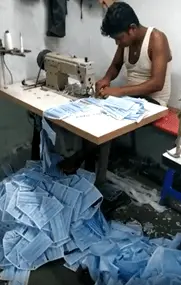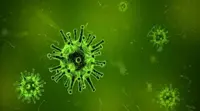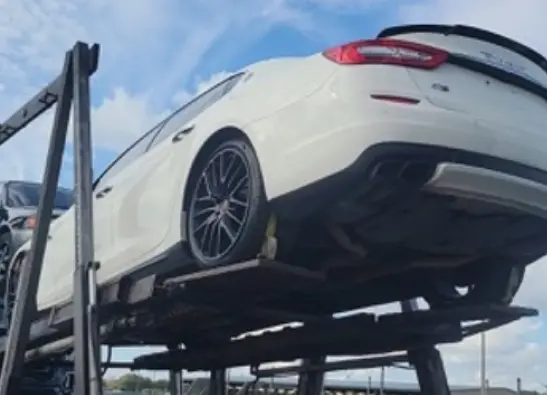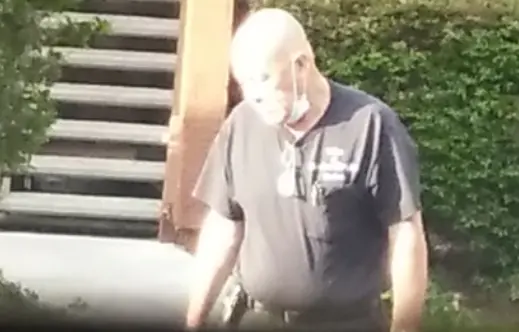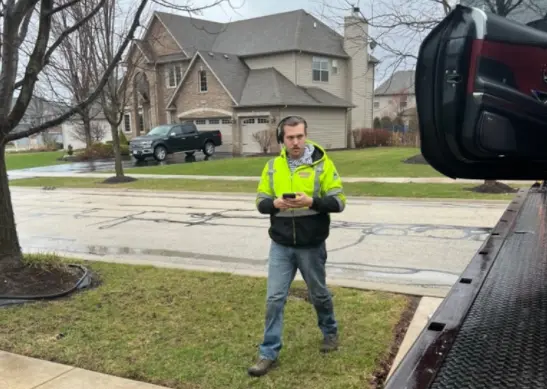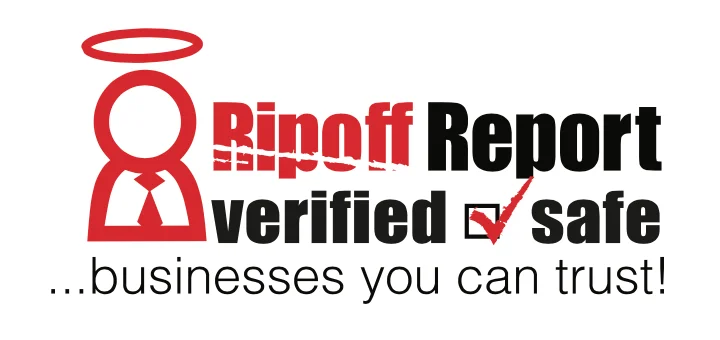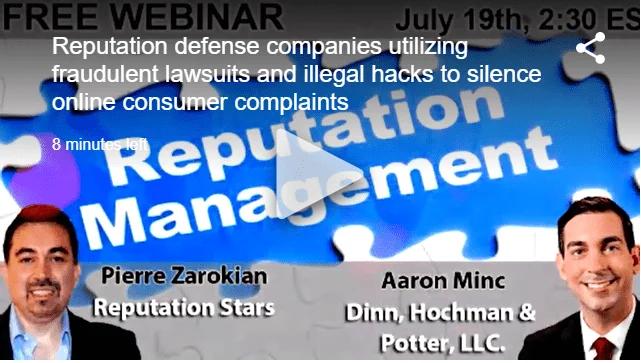Complaint Review: Seufert Winery, LLC - Dayton Oregon
- Seufert Winery, LLC 415 Ferry Street Dayton, Oregon United States of America
- Phone: 503.864.2946
- Web: http://seufertwinery.com/contact.ph...
- Category: Liquor & Wine Stores
Seufert Winery, LLC Jim Seufert Seufert Pinot Noir Made with Contaminated Dayton Water Supply Dayton, Oregon
*UPDATE Employee: Seufert Pinot Noir Serious Health Issues
*REBUTTAL Owner of company: Simply not true
*Consumer Comment: I've sent Seufert winery an e-mail with the link
*Consumer Comment: You don't know what your talking about
*Author of original report: Public's Right to Know about Potential Product Health Hazards
*Consumer Suggestion: Realize What Wineries Make
listed on other sites?
Those sites steal
Ripoff Report's
content.
We can get those
removed for you!
Find out more here.
Ripoff Report
willing to make a
commitment to
customer satisfaction
Click here now..
Seufert Winery, located in Dayton OR, uses the local Dayton water supply. Regreatfully the Dayton water supply was contaminated with E. coli bacteria from animal feces twice this year which lead the City of Dayton to notify all Dayton business and residences to boil their water. Regreatfully Seufert, being a small botique winery, is not equipted with water boiling sterilzation systems but relies on the Dayton water supply. It should be noted that the water contamination issue is though no fault of the Seufert Winery, but a decision by the owner Jim Seufert was to go ahead anyway and produce a 2011 vintage not at their orginal location at the Coleman Winery outside of Dayton, but in the Dayton Seufert Winery with the suspect water supply. So their 2011 vintage should be approached with some caution based on this decision. Verification of the water contamination can be made by calling the City of Dayton at (503) 864-2221 who can provide all of the details of the recent water contamination issue.
This report was posted on Ripoff Report on 10/07/2011 02:54 PM and is a permanent record located here: https://www.ripoffreport.com/reports/seufert-winery-llc/dayton-oregon-97114/seufert-winery-llc-jim-seufert-seufert-pinot-noir-made-with-contaminated-dayton-water-sup-786104. The posting time indicated is Arizona local time. Arizona does not observe daylight savings so the post time may be Mountain or Pacific depending on the time of year. Ripoff Report has an exclusive license to this report. It may not be copied without the written permission of Ripoff Report. READ: Foreign websites steal our content
If you would like to see more Rip-off Reports on this company/individual, search here:
#6 UPDATE Employee
Seufert Pinot Noir Serious Health Issues
AUTHOR: DT - (United States of America)
SUBMITTED: Sunday, November 20, 2011
Thomas states: That being said most commercial wineries filter the wine as it comes off the fermentation tank extensively, so as to avoid sediment in the bottom of the aging barrel which would adversely affect the taste of the finished product giving it whats called "a yeast bite". It appears that Thomas has never enjoyed a bottle of Seufert Pinot Noir... there is sediment!
The Seufert Pinots don't get filtered. They sit on the lees (a term for debris... essentially it's little pieces of skin, seeds, and other solids) in the barrel until the barrel is racked (racking is where you pump the wine out of the barrel into a different barrel or other container and empty out the lees)(if a wine is left on the lees too long it affects the taste). The barrels may be racked more than once during their aging. When the winemaker is ready to bottle, the wine will be blended into a tank where it will be allowed to settle out. Once the sediment has settled, it gets bottled.
Apparently Thomas has never been a volunteer during the bottling process because the first cases are not sold, neither will the last cases off the bottling line. Guess why? Because the first cases off the bottling line may be watered down (from the sanitizing of the bottling line -with Dayton water!) and the last ones aren't sold because the sediment at the bottom of the tank gets stirred up and the last off end up with more sediment. Those bottles are given to the volunteers who help bottle or the winemaker drinks them himself. I assure you the Seufert Pinot Noir dont get filtered. I think you can ask any Willamette Valley winemaker about filtering their Pinot and they'll tell you they don't. You'll see sediment in lots of wines... not just Seufert. So Thomas, who seems more knowledgeably about brewing beer that a Pinot Noir, doesn't know what "he's" talking about.
As far as bacteria causing odors that make a wine, or beer, too stinky to drink... apparently Thomas never smelled a barrel of Seufert Pinot Noir while it's fermenting/aging. There are techniques that winemakers use to reduce/eliminate smells in the wine depending on the stink. The malo-lactic fermentation produces a very distinctive smell (though it's normal).
It appears like the 2011 vintage may have missed the e coli scare, however, guess when Seufert winery typically bottles? It's usually in August or September. I'm sure you can look at twitter feeds and Facebook to find out exactly. Guess how Seufert cleans their bottling line? With Dayton water! Guess how you clean the tanks that the wine settles in. With Dayton water. There was wine production happening during the Dayton water contamination period but it was the 2010 vintage when that health hazard warning was issued!
Michelles advisory is timely and surprisingly accurate if she had not been a volunteer at the Seufert winery! She also seems to be exercising caution and advising consumers to make the health and safety decisions for themselves. I dont see anywhere in her advisory where she recommends not purchasing the Seufert Piont Noir only advising the public of this potential, and "very likely, health hazard" to allow consumers to make their own decisions.
#5 REBUTTAL Owner of company
Simply not true
AUTHOR: SW - (United States of America)
SUBMITTED: Saturday, October 22, 2011
The OPs comments are not true.
As of today October 22, 2011 our grape harvest has not started and the 2011 vintage has yet to be made.
The City of Dayton issued a boil water notice back in July 2011. We were in regular communication with the city during this time and conducted no processing.
Thank you to the responders for your support.
We are pursuing legal action in this matter.
#4 Consumer Comment
I've sent Seufert winery an e-mail with the link
AUTHOR: Ken - (USA)
SUBMITTED: Thursday, October 20, 2011
to this Ripoff Report. They need a chance to post a Rebuttal against this.
Hope the OP knows what he's talking about.
#3 Consumer Comment
You don't know what your talking about
AUTHOR: Thomas - (United States of America)
SUBMITTED: Thursday, October 20, 2011
The yeast bacteria strains used in wine making are specifically bred to withstand the alcohol content of the type of wine being made, most regular brewers yeast can only tolerate about 8% ABV (alcohol by volume), wine yeasts usually about 12% ABV, and champagne yeast 15% ABV also the precursor of wine known as "must" is far too acidic to host a pathogen. E. coli bacteria would find a wine fermentation vessel an acidic and hostile environment, and could not survive inside a fermentation vat, or an aging barrel. That being said most commercial wineries filter the wine as it comes off the fermentation tank extensively, so as to avoid sediment in the bottom of the aging barrel which would adversely affect the taste of the finished product giving it whats called "a yeast bite". Every home brewer of wine, and beer know very well that wine, and beer is too acidic to provide a home for the growing of harmful pathogens, the worst that could happen, if you were to have some sort of bacterial contamination is that you might brew a batch of something that smells, or tastes so bad you would not want to drink it. I suggest you do some homework on brewing before you go opening your mouth about something you know nothing about, it makes you look stupid, and i'm sure that the Seufert Winery would not be happy with your foolish alarmist rant, and were I them would pursue you for libel and damages.
#2 Author of original report
Public's Right to Know about Potential Product Health Hazards
AUTHOR: MichelleW - (United States of America)
SUBMITTED: Tuesday, October 11, 2011
We have to disagree with Mr. Perterson-Nerdys position that a public health advisory is tantamount to raising undue alarm, when issues of the public health are concerned, public notification is essential by providing the public with the right to know and ability to make an informed judgment as to any product that they may consume.
Organizations such as the FDC, CDC and World Health Organization all exist to provide the public with health related advisories so that an educated consumer can make an informed decision either in travel, acquisition of safe products, or consumables. To hide serious product health issues like this is irresponsible and harmful to the general public and its ability to make independent decisions.
Regretfully Mr. Peterson-Nerdys sources were incorrect. Seufert Winery, LLC, the only winery registered in Dayton, OR by the Oregon Secretary of State has been in continuous operation at its Dayton location since 2007. Prior to that time it manufactured its Pinot vintages at the Coleman Winery located at Latham Road, McMinnville, OR. The water contamination alert was given by the City of Dayton to every business and resident in Dayton, OR. This is no idle issue, it is a very serious health issue affecting any Dayton industry that relies on the Dayton water supply to produce their product. In this case James Gary Seufert, sole owner of Seufert Winnery, could have easily made the decision, in the interest of public health and the quality of his product, to produce his 2011 vintage at the original Coleman Winery location not affected by the 2011 Dayton water supply issue. For reasons, only known to Jim Seufert, he elected not too.
Mr. Peterson-Nedry, a noted industry reviewer, cites the fact that product made by wineries include 12-15% ethanol (alcohol) and constitutes a medium in which most organisms are unable to live or live with great difficulty. E-Coli is a lethal bacteria and as such is not affected by the alcohol fermentation process. In fact bacterias survival ability in the wine fermentation process is used by the wine industry. The role of malolactic fermentation (MLF) bacteria on wine quality has increased due to world winemaking trends to reduce the use of sulfur dioxide and to make wines with lower acidity and greater complexity. Thus, the control of bacteria and malolactic fermentations aims to minimize the risks and maximize the positive contributions of a MLF. So E-Coli bacteria, if present in Seuferts 2011 vintages, can pose a serious health hazard to its consumers.
The only way to kill the E-Coli bacteria in the water supply is by boiling the water supply at temperatures in which the E-Coli bacteria can no longer survive. A process recommended by the City of Dayton. Regretfully the Seufert Winery does not have such industrial sized water boiling capability so its up to the general public to be made aware of this situation, research it for themselves, and make an educated and informed decision before consuming Seuferts 2011 vintages. As mentioned in the original advisory, Seufert Winery was not responsible for the contamination of the water supply, this is a public advisory of a known and documented serious public health issue that affects the Seufert Winery, not an undue alarm. The public can find out all of these facts out for themselves.
Again, to hide this potential health issue that affects a publicly consumed product is irresponsible and its up to each consumer to research its health impact to their satisfaction in order to make an educated decision.
#1 Consumer Suggestion
Realize What Wineries Make
AUTHOR: Harry Peterson-Nedry - (United States of America)
SUBMITTED: Friday, October 07, 2011
It is helpful for municipalities to check water quality and alert users of problems. It may not be helpful to raise undue alarm in this situation, aimed at this winery.
I hope there has been communication between the person raising the concern and the winery implicated. It helps to know how a winery works and how a short-term alert like this might affect a winery user.
My sources say there was no winery functioning during the periods in which the alert was raised. In addition it helps to realize that the product made by wineries include 12-15% ethanol (alcohol) and constitutes a medium in which most organisms are unable to live or live with great difficulty. In other words, wine is almost a self-protecting product.
I would be careful being too alarmist about a situation in which the winery avoided being put in jeopardy and in considering wine to be like raw beef or spinach or... I appreciate the service this type of website provides, but I just feel yelling "fire" in a crowded theatre may often be as bad as having a fire and defiinitely much worse than yelling when there was NO fire, just the potential for one.

Advertisers above have met our
strict standards for business conduct.

